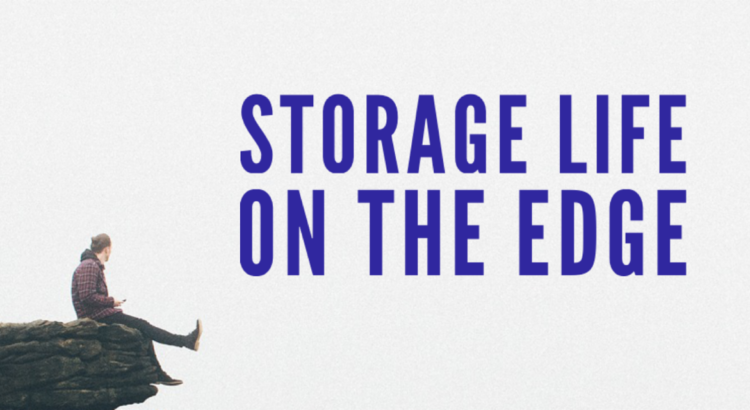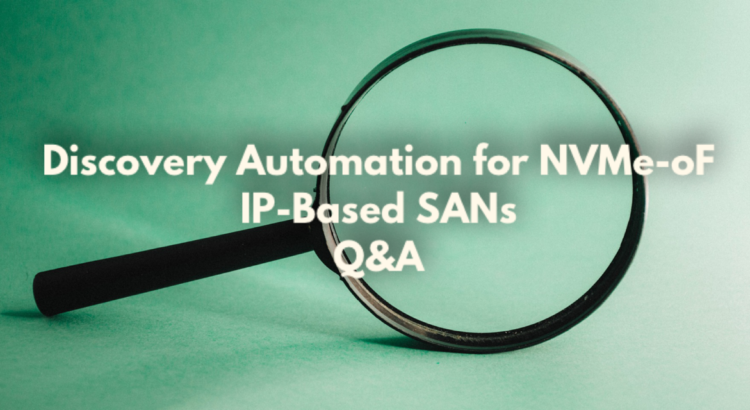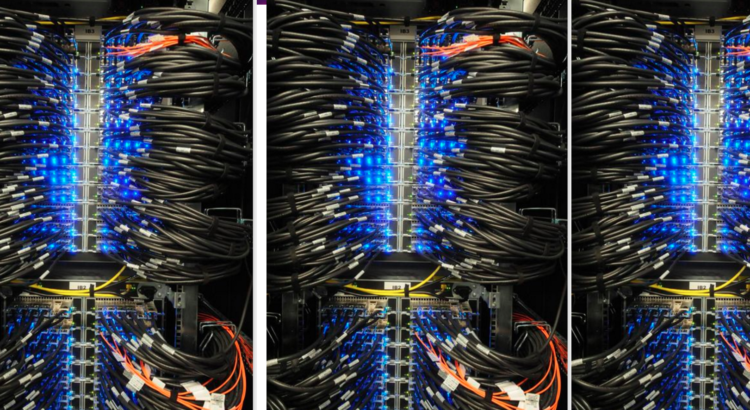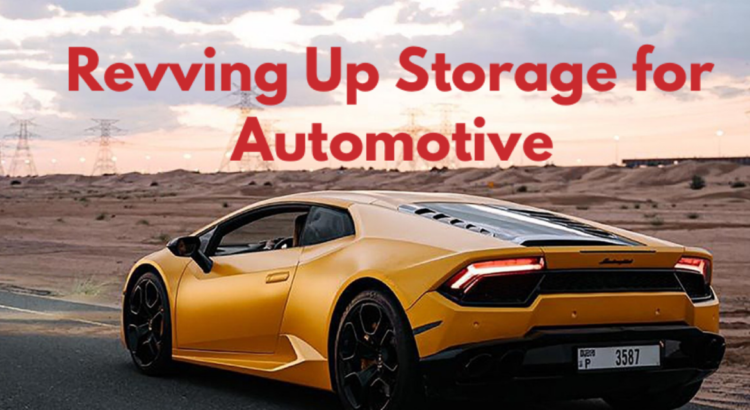At our recent SNIA Networking Storage Forum (NSF) webcast “Revving up Storage for Automotive” our expert presenters, Ryan Suzuki and John Kim, discussed storage implications as vehicles are turning into data centers on wheels. If you missed the live event, it is available on-demand together with the presentations slides.
Our audience asked several interesting questions on this quickly evolving industry. Here are John and Ryan’s answers to them.
Q: What do you think the current storage landscape is missing to support the future of IoV [Internet of Vehicles]? Are there any identified cases of missing features from storage (edge/cloud) which are preventing certain ideas from being implemented and deployed?
Read More








